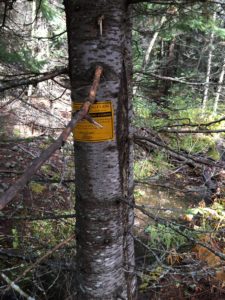
At some point, many casual prospectors get the itch to have their own claim. Then the discussion comes up about buying one vs. locating their own. Buying seems simpler to many but is rife with risks that lead to needing to do many of the same things as locating your own new claim requires. In the end, the decision is up to the individual prospector of course, but I caution those considering buying to confirm the legal status of the claim, and to properly sample it, BEFORE buying.
For those who choose to find and legally locate, record and file their own, here are the basic steps:
Step 1: Find interesting ground (do not dig yet). Maybe you can identify an area which was prospected historically or a smaller feeder creek in a gold bearing area for example. Tip: In my experience, small creeks were often overlooked in the boom years because they were perceived as not being big enough for a commercial operation or productive enough to make a 1-4 miner operation rich.
Step 2: Make sure it’s open to claim by using www.mylandmatters.org to check land status and current claim status. (see below for details). It has to be federally managed public land that has not been withdrawn from claim. If open to claim and not currently claimed, capture the following info: Township number, section number and gps coordinates for the corners.
Then…
Step 3: Go to the county clerk office in person to check for any new claims. CO County Clerk & Recorder offices are ALL listed here: http://www.sos.state.co.us/pubs/elections/Resources/CountyElectionOffices.html
Specifically, check for filings in the last 90 days that may not have made their way into the BLM database (& therefore mylandmatters) yet. You’ll need to bring the township and section where your area of interest lies with you to the clerk office. If no new claims exist where you want to dig…
Step 4: Time for DIGGING! Go sample your spot (while watching for any newly posted signs for claims that haven’t been filed yet). Use your GPS to make sure you are ON the claim.
Step 5: Pan and hopefully find gold! If it’s rich enough, post your discovery monument and corner posts/signs immediately…using your GPS to guide you to the corners.
Step 6: Record initial claim docs (Certificate of Location and map…see below for details) with county clerk and file at the BLM state office. TIP: Some suggest filing with the BLM after waiting a month or so to avoid a scam artist claiming your same spot and backdating the paperwork to before yours. As long as you posted your discovery monument, their action would not be legal but can still lead to a legal hassle.
Step 7: Celebrate and go dig more!! Send a donation to mylandmatters to support this awesome tool that helped you get your claim. Maybe send me one too since I helped you sort this out 😉 …say thanks via paypal.me/buyabook
Step 8: Keep up with your ongoing paperwork (go back to mylandmatters to see the flow chart of annual filings needed to continue to hold your claim).
Details on Step 2: Land Status:
- The header bar on mylandmatters has a “Maps” option. Click that first.
- Now on the right, you’ll see Land Status. Click it and then below it, click your state.
- Zoom in on the map to find your specific area of interest.
- Click all the Colorado Land Status boxes on the right and then click the refresh button on the map control bar (on the right edge of the map…NOT up top in browser controls).
- Confirm that you are in the right township, then click the “i” button on the map control bar, then click on the map in your area of interest (the public land is already color coded so that helps but isn’t enough).
- In the box that pops up, scroll down to the bottom and click the download link for the “Master Title Plat 1”.
- Open that document, (you may have to download a program to view the doc, I use IrfanView) and examine the Section you are interested in to confirm it hasn’t been withdrawn from mineral entry. These plat documents are a challenge to learn to read and would deserve a whole article of their own! For now, look for phrases like “PLO #### Wdl FS Rec Area” which would be a Public Land Order removing a spot from claimable due to construction of a USFS recreational area such as a picnic area or campground. If you see a power withdrawal “Wdl Pwr Site” you can still try to claim it but there may be delays or restrictions on your activities…and the BLM MAY say no. Designated Wilderness Areas, National Conservation Areas, and National Parks are not claimable. You can learn more about reading plats in the reference documents listed below.
Claim Status:
- The header bar on mylandmatters has a “Maps” option. Click that first.
- Now on the right, you’ll see Mining Claims. Click it and then below it click your state.
- Zoom in on the map to find your specific area of interest.
- Click all the Colorado Land Status boxes on the right and then click the refresh button on the map control bar (on the right edge of the map…NOT up top in browser controls).
- If the map of your section shows there are active claims, then click the “i” button on the map control bar, then click on the map in your area of interest.
- In the box that pops up, you can see all the active claims on file. Jot down the following info: the claim names, claim numbers aka CMC numbers, and owner names. This gives you enough info to find the maps of those other claims so you can be sure to avoid any overlaps. (Note: county clerk offices vary by how they organize their files. However, between all these facts you’ll have what you need.)
- Make a run to the clerk office to get those maps! (Note: For a fee, some clerk offices will pull the documents for you and mail them, so feel free to call and ask if it’s a long journey.)
What if it’s not Federal managed public land?
- Go to the county assessor website for that county to learn who owns the land.
- Contact them to ask permission to dig!
Details on Step 6:
- There is no “official” form for a Certificate of Location, google it and choose a sample form you like, or see the Colorado USFS link below.
- If possible, the claim description should be written as a rectangular portion of a section such as “the north 1/2 of the NE quarter of the SE quarter of section x of township y, range z excluding all private property and road easements”. For more guidance on defining complexly shaped claims read this. For a nice video on how surveying works in relation to describing a claim watch this.
- To create your map, I suggest printing off a piece of the Master Title Plat and drawing in your proposed claim by hand. Note: your proposed claim must be ONE contiguous piece of land. If it’s cut into pieces by private land, your claim will be denied. Also, one placer claim is limited to a maximum 20 acres. This is typically 1/2 of a quarter of a quarter section and would be 660 feet by 1320 feet…or it can be less of course.
- If there are pieces of private property or road easements, be sure to exclude those from your legal description in your COL and note them on your map.
- This drawing should NOT include GPS coordinates on it as those are not legal for claim filing purposes. In case of challenge, the physical corner markers are the official definition of your claim boundaries, with your drawn map as backup.
A good reference (updated for 2020 with weblinks) for this process for those in Colorado is provided by the state USFS and BLM at: https://www.blm.gov/sites/blm.gov/files/2020_CO_MiningPacket_JanRevise.pdf
This government document has a few misleading/confusing statements in it but there are example forms and some other good info provided, including many useful links to government forms and regulations. You can also get good examples when you visit the county clerk/recorder office…they will have copies of all the claim documents filed by others and will happily make copies for you (for a small fee). Remember, while you are there checking for newly filed claims, Get copies of any other claims in the Section where your claim will be.
Another good document for additional detail (with fewer misleading statements and more clarity, but lacking Colorado specifics) is http://www.mylandmatters.org/Library/Item=8201 which is a pdf of Mining Claim Procedures for Nevada Prospectors and Miners, 5th Edition.
Also, it’s interesting to read the original mining law. Some of this has been superseded by later laws but still http://www.mylandmatters.org/Library/Item=288
Jeff Williams has a good video about this whole process on YouTube, click here to watch it. https://m.youtube.com/watch?feature=share&v=T1f1K8N8T_c
Another good video explanation is from Chris Ralph https://youtu.be/1OSzRh1Da74
..,and here’s part 2 of Chris’ presentation https://youtu.be/G9c3w5JLTKg
If this process seems a bit confusing, consider joining a local club to find some experienced help. Here’s a list of clubs across Colorado: https://findinggoldincolorado.com/clubs-in-colorado/
Another good option is to buy my book with 180+ unclaimable dig sites detailed out for you. https://findinggoldincolorado.com/buy-the-book/
However, you go about it, good luck finding your piece of gold rich ground!
Special thanks to Barry at mylandmatters.org for his help with terminology here and the tip on the Nevada claims guide.
Disclaimer: Filing and maintaining a mining claim is a legal process. I am not a lawyer, and this article is not legal advice. You are responsible for confirming the required activities and documents with relevant authorities as you complete this process.
This site costs money to keep up. The only way it makes money is shopping referrals. If you appreciate the info I’m sharing, please click thru one of my Amazon or Gold Cube ads the next time you want to shop online. It won’t cost you anything extra and it keeps the site going: www.findinggoldincolorado.com/shop-here/
Toss me a gift to say thanks at: paypal.me/buyabook
If you have your own claim, you can legally sell your gold! Most local prospecting shops will buy placer gold just as it comes out of the ground at a fair price. I’d call to ask before making a trip to sell gold of course. Here’s a list of the prospecting shops around the state: https://findinggoldincolorado.com/prospecting-stores-across-colorado/
If your claim is in a national forest, these USFS regulations may be helpful https://www.fs.usda.gov/Internet/FSE_DOCUMENTS/fseprd533980.pdf?fbclid=IwAR23jbi47TQ_Emc0ZJgPOsEL6HfgXvVPZxqKvVTdORg0uEWLST9UgNKbzSQ
When you have more than a few grams, you’ll probably get a better price from David Emslie at Prospectors Gold & Gems in Fort Collins. Here’s the details on his operation: https://findinggoldincolorado.com/getting-your-gold-refined-prospectors-gold-gems/
More related content:
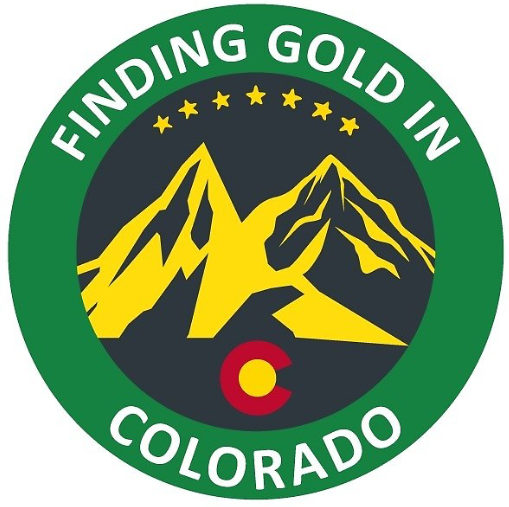
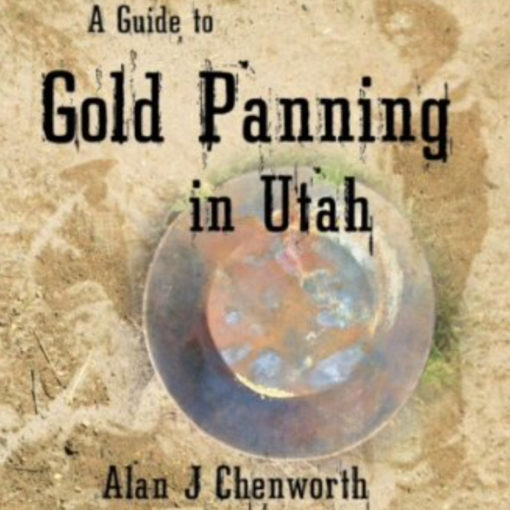
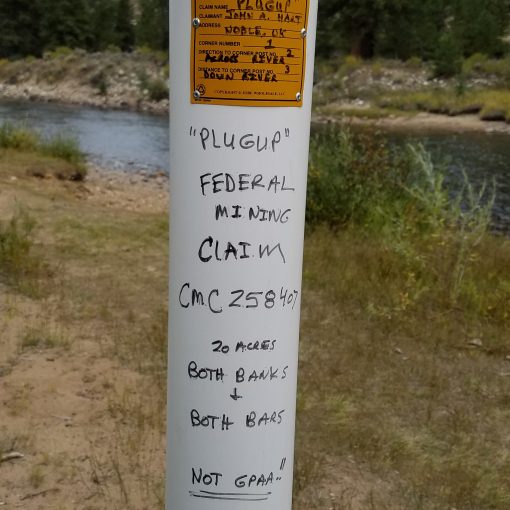
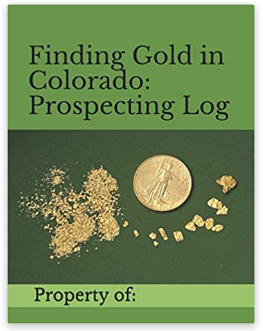
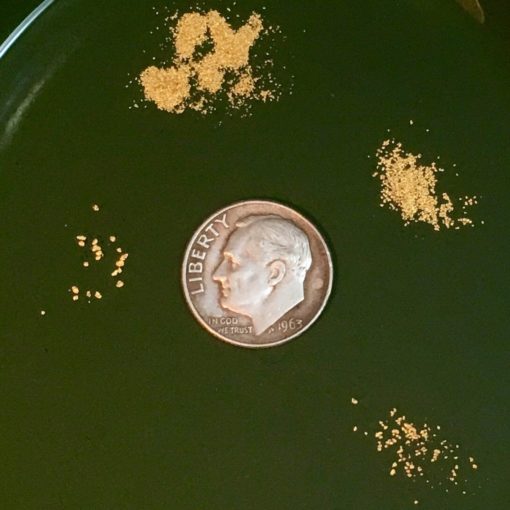

10 thoughts on “How to locate your own placer mining claim in Colorado”
Great read, thanks for your information on how to file one of these claims.
Love this.
I like how you mentioned finding small creeks since they are often overlooked. My brother wants to pan for gold while we’re in Colorado next month, however, we don’t know where to start. We’ll have to find a good company that can help us out.
Hi Taylor, you can start with some of the free info on this website about places to dig. Or grab a copy of my book which has over 180 free, public access dig sites detailed in it! To buy the book, check out http://www.findinggoldincolorado.com/buy-the-book/
You can also join my Facebook group and ask the nice folks there to meet you at a creek to dig. Local knowledge via the book or group will help a lot!
Ive recently caught the fever. (Not really. Im from nor cal and My grandpa and dad were gold miners. Its contagious) So i will now be trying my hand at finding gold. This will be helpful on my journey.